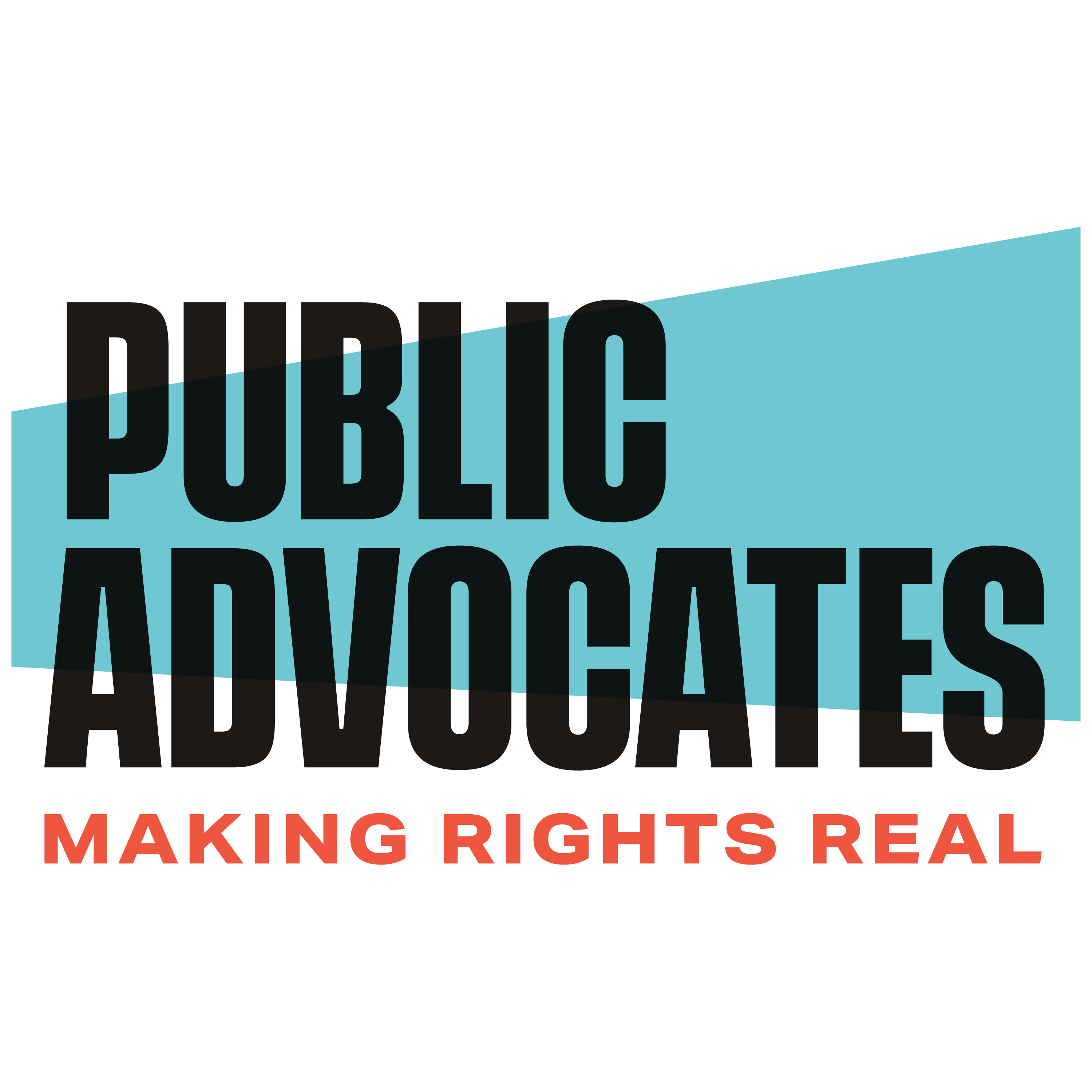Originally published in December of 2013
By Richard Marcantonio
In Part 1 of this blog, I talked about planning as an important form of law-making. Here, I turn to the question of why it’s also an important frontier in today’s fight for civil rights and equality.
A History Lesson: “Urban Renewal”
Planning has very real, and often highly unjust, consequences for low-income families and communities of color. In fact, as I hinted last time, there’s a close historic connection between planning – in the form of “urban renewal” – and the civil rights movement.
On paper, urban renewal was a series of federal and local government programs aimed at revitalizing distressed areas near the downtown business districts of central cities. The actual impacts of urban renewal are summarized by the Planners Network, a progressive national planners’ association, in its amicus brief in support of the plaintiffs in Darensburg v. Metropolitan Transportation Commission. Urban renewal was largely supported by the profession of planning. However, by the mid-1960s it had become clear to planners that these massive urban renewal efforts had eliminated sound buildings along with dilapidated ones, destroyed vital neighborhoods along with distressed ones, and left behind large swaths of vacant land with no assistance to local government for dealing with them.
Perhaps the most significant negative outcome was the displacement of low-income African American families without providing them with reasonable alternatives for affordable housing.
For the families and communities that found themselves in the path of urban renewal’s bulldozers, there was no doubt about the link between civil rights and their struggles to participate in and shape planning decisions. Historian Robert Self described these struggles in American Babylon : When black Oaklanders undertook the postwar struggle for racial equality, they challenged the inequities of this suburban city building and accompanying signs of urban underdevelopment: residential segregation, job discrimination, urban renewal, and de-industrialization. Over time, those challenges grew increasingly urgent and militant, precipitating among many East Bay African Americans a break with liberal assumptions and strategies in favor of community empowerment. African American-led political movements thus interpenetrated with a suburban politics focused on home ownership, taxes, and a retreat from connections to a larger social collective. These critical postwar developments were not abstractions of national politics. They were grounded in urban space, in the particular metropolitan distribution of wealth, opportunity, and resources of the second half of the twentieth century.
Urban Renewal 2.0
Today, the impacts of planning on disadvantaged communities are no less real than they were fifty years ago. In fact, the threat of “Urban Renewal 2.0” now haunts neighborhoods of color in large California cities. Urban Renewal 1.0 focused on downtown business districts. Today, the threat comes from the way state laws that direct growth to denser urban areas served by transit – so-called transit-oriented development (TOD) are implemented. For example, in Oakland and elsewhere in the Bay Area, the TOD areas slated for gentrifying development are located primarily in low-income neighborhoods of color. The same is true in Los Angeles. At the same time, the Bay Area and LA, like metro regions across the nation, are highly segregated by race and income. Regional segregation reinforces massive disparities in opportunity, ranging from education to mobility to public health to employment. Those disparities did not appear by accident. And they’re not maintained by accident. In fact, as I mentioned in my last blog post, they are largely the result of enduring physical scars that planning decisions made in the era of de jure discrimination left on the built environment.
True Democracy: Having a Voice in the Future
Grassroots community members are very aware of the structural barriers to opportunity that planning agencies build into the physical landscape of our cities and regions. They are also keenly attuned to the threat that new development will once again displace them. They’re the last to forget the history that created the metropolitan landscape that disadvantages them today. That’s why they came together across the Bay Area in 2010 as the 6 Big Wins for Social Equity Network (6 Wins Network) to fight for an equal voice in the regional “sustainable communities” planning process, and a fair share of the benefits and burdens of regional and local development and investment.
After winning several important amendments to Plan Bay Area on its adoption in July, as noted in this press release the 6 Wins Network continues to fight to implement them. Right now, the battle is on to determine whether MTC will honor its commitment to direct at least 25 percent of any AB 32 Cap and Trade revenues – projected by MTC at $3.1 billion over 28 years – to benefit disadvantaged communities. Another fight is over whether MTC will promptly move forward not only with a capital program for transit rehabilitation but with an even more important operating program to bring much-needed resources to improving local transit service and reducing fares.
Creating Systemic Change
While the civil rights struggles of communities of color did not always succeed in changing the destructive course of urban renewal, they made a lasting impact on the planning profession. As The Planners Network explained in its Darensburg brief, the profession modified its planning model to offer a more inclusive understanding of how to guide public decisions. Planners today seek to represent the full range of interests and values among the public, taking affirmative steps to include the politically weak as well as the strong. They do this by complementing a rational decision-making approach with clear communication and extensive public participation in a collaborative process [emphasis added]. This broad approach to the participation of the affected public is now not only a shared value within the profession – one that is highlighted in its Code of Professional Ethics and Conduct – but is also required by law in many local and regional decision-making processes.
Like any profession, of course, planning professionals do not always live up to their lofty values. It’s our job, and the job of our community partners, to hold them accountable to their professed commitment to fairness, inclusiveness and accountability to affected communities. The stakes in our succeeding are high, both for civil rights and for democratic participation. The 6 Wins experience has shown that when communities bring their wisdom about needs and solutions into the planning process, they can contribute to creating a future that’s not only better for themselves, but for the entire region. (That story is described in more detail in my article with Alex Karner in a newsletter of the Poverty and Race Research Action Council.) The motivation of low-income communities of color to engage in that process is nothing to be surprised at, as its close connection to the civil rights movement should make it clear.

